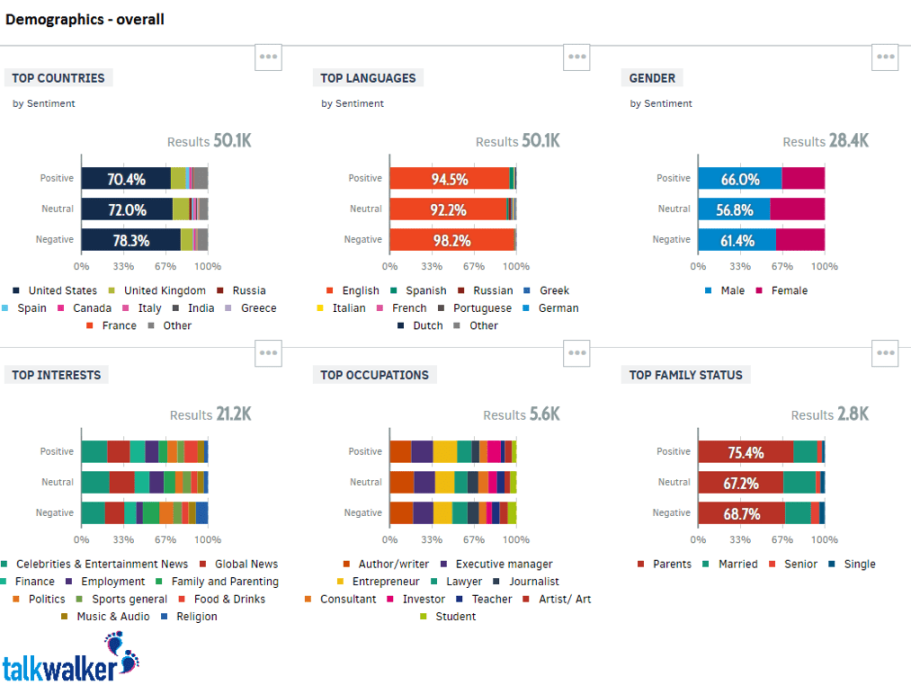Social Media Analytics in Finance: A Comprehensive Guide

Introduction
In today’s digital age, social media has become an indispensable tool for businesses of all sizes, including those in the financial sector. Social media analytics in finance refers to the process of collecting, analyzing, and interpreting data from social media platforms to gain insights into customer behavior, market trends, and emerging risks. By leveraging social media analytics, financial institutions can make more informed decisions about everything from product development and marketing campaigns to customer service and risk management.
What is Social Media Analytics in Finance?
Social media analytics in finance involves gathering data from various social media platforms, including Twitter, Facebook, LinkedIn, and Instagram. This data can be in the form of text, images, videos, and even sentiment analysis. Once the data is collected, it is then analyzed using a variety of techniques, such as natural language processing, machine learning, and statistical analysis. The resulting insights can then be used to inform a wide range of business decisions.
Why is Social Media Analytics Important for Finance?
Social media analytics is important for finance for a number of reasons:
Understanding customer behavior: Social media provides a wealth of data about how customers are interacting with financial institutions. This data can be used to understand customer needs, preferences, and pain points.
How to Implement Social Media Analytics in Finance
There are a number of steps involved in implementing social media analytics in finance:
1. Define your goals: What do you want to achieve with social media analytics? Once you know your goals, you can start to identify the data you need to collect and the tools you need to use.
2. Collect data: There are a number of ways to collect social media data. You can use manual methods, such as scraping data from websites, or you can use a social media analytics tool.
3. Analyze data: Once you have collected your data, you need to analyze it to extract meaningful insights. This can be a complex process, but there are a number of tools and techniques available to help you.
4. Act on insights: The most important step is to take action on the insights you gain from social media analytics. This could involve developing new products, improving customer service, or managing risk.
Social Media Analytics Tools for Finance
There are a number of social media analytics tools available for finance. Some of the most popular tools include:
Brand24: Brand24 is a social media monitoring tool that can be used to track brand mentions, sentiment, and competitor activity.
Solutions for Common Challenges in Social Media Analytics in Finance
There are a number of common challenges that financial institutions face when implementing social media analytics:
Data overload: The amount of social media data that is generated can be overwhelming. It can be difficult to collect and analyze all of the data that is relevant to your business.
Information Security and Privacy Considerations
When using social media analytics in finance, it is important to consider the following information security and privacy considerations:
Data collection: Only collect data that is necessary for your business purposes.



